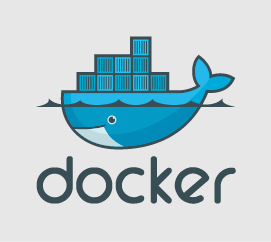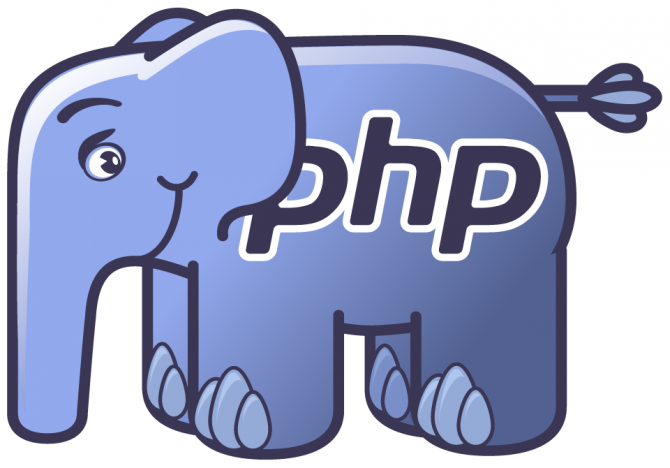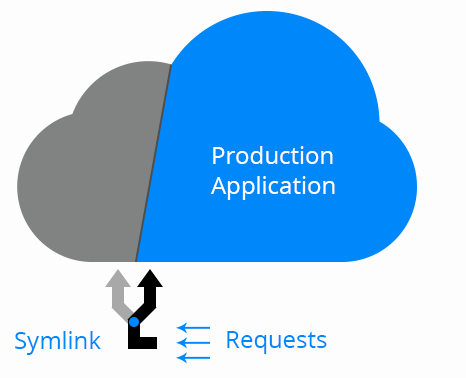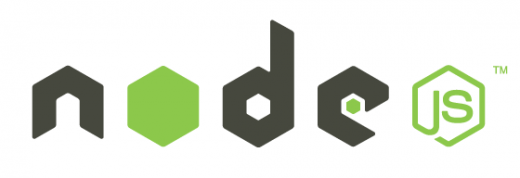Enhanced Docker® Lifecycle Support on Layershift Jelastic PaaS
The latest platform upgrade on the Layershift Jelastic PaaS delivers three great headline benefits that every Layershift customer should take advantage of today.
1. Docker® on Jelastic PaaS is now GA

Unless you’ve been hiding under a rock, you’ve probably heard of Docker®. That little fish has made big waves.
Back in April, we announced how Layershift’s private cloud customers were already using Jelastic together with the Docker® packaging standard to use this technology in advanced real-world DevOps workflows.
We just made this a whole lot easier and more flexible with support for volumes. Volumes allow you to dispose of your container without disposing of your data – hence you can upgrade your container to a later version (e.g. switch Docker® image tag).
With this feature we are also making our Docker® feature GA (generally available) to all paid public PaaS account customers by default, marking it out as a first-class citizen available for all to use and enjoy.
This is a great moment to briefly recap the main benefits of using Docker® powered nodes within your Jelastic PaaS environments:
- Instant access to 100,000+ pre-defined server templates, giving you the ability to deploy a wider range of server software than ever before.
- Define your own server templates – including standing on the shoulders of giants by basing your template atop of any existing one (for example, if you just need to make a minor modification or addition).
- Deploy the same server template on your laptop (e.g. via Docker® Compose) as you use in production on our Jelastic PaaS.
Using Docker® containers on our Jelastic PaaS is simple, easy and fast:
- Choose the “Docker” tab when creating a new environment
- Select any environment layer to hold your new server
- Enter a search term for the image you want to deploy (tip: search on Docker® Hub first to find full details about third party images)
- Select the desired image and the appropriate image version tag from the list of search result and there you go – you have the world at your feet!

Launching Docker® container nodes on our Jelastic PaaS also enables you to benefit from these features:
- Container redeploy – keep your project up to date with the latest application server fixes (Learn more).
- Custom domains support
- Horizontal scaling
- Docker® volumes support
- Startup, logs, and environment variables access
Overall our Jelastic PaaS provides you with a powerful set of orchestration features to accelerate your development and complement the full DevOps workflow.
We’re happy to provide these great features on our innovative Jelastic PaaS and stay true to our mission: to enable businesses to spend more time focussed on their growth, and less time buried in the bowels of the technologies they employ!
Info: Docker® nodes are only available on paid accounts – since this feature allows to run any application and provide full root SSH access, trial accounts could easily facilitate attacks against other Internet users, so this is just a safety measure we decided to take as a way of respect for the online community.
2. ZDT (zero downtime) deployment for PHP applications

This solution was proposed by Rasmus Ledorf, who is also a Jelastic technical advisor, and solves the issues caused by application updates – downtime or errors. These issues are usually solved using tools like Capistrano, Fabric, etc, but these tools require extra time and knowledge for a successful integration, so Rasmus came up with an innovative idea:

During an application upgrade, the system creates a copy of your existing project directory and stores it in a separate server directory. A special request redirector switches between different versions after each update, pointing to the latest one. This makes the update process completely atomic – a request is either fully serviced by code version A or code version B, but never a hybrid between them. It is this unwanted hybrid version, appearing via traditional update methods, that causes application malfunctions.
Eliminating the unwarned hybrid version using our ZDT deployment feature ensures that you never drop a single request during application updates. (more details)
3. Node.js v4.2.1 (LTS) support

We’re proud to deliver yet another worldwide first in the Jelastic ecosystem: offering the landmark Node.js v4.2.1 LTS version support.
Node.js 4 is the re-merger of io.js into the node.js project, and hence offers a wide range of new features, benefits, and enhancements.
Meanwhile Node.js 4.2.x is the first LTS release from the project meaning that developers can base production applications on this version with a higher degree of confidence regarding its long term security and stability outlook.
“As an LTS release, support for v4.x will continue for a period of 30 months from today. This means that individuals and businesses building on Node.js will have a stable and supported platform on which to grow.” – this information was announced on the official blog of the Node.js Foundation.
Other Jelastic 4.1 platform version updates include Python 3.5 and Ruby 2.2.3 availability.
Layershift are your Jelastic Platinum Partner

Layershift are officially a leading Jelastic Hosting Partner. Together with this release Layershift were awarded Platinum partner status, denoting Layershift as your first and very best choice for practical and innovative hosting solutions.
Whatever the language, technologies, or features your application needs to scale up with your business, Layershift engineers are here to enable and support your online success.
We love to hear from you and we thrive on your feedback. Every feature enhancement we add is to make your experience better. Reach out to us on Google+ or Twitter to tell us what you think.
Don’t miss out
If you haven’t tried our Jelastic PaaS or experienced the joy of partnering with our responsive technical support team, you’re really missing out!
Start a free trial on our Jelastic PaaS today. Harness the power and performance of full SSD, combined with the benefits of scalable server architectures that are compatible with legacy and next-gen. applications.
Most of all, see just how much time and money you could save if you only paid for the resources your servers actually use instead of paying by instance size.
